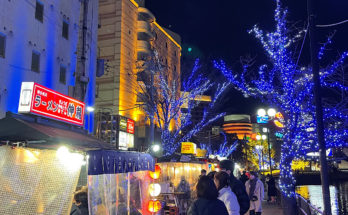Starting the day after Christmas, there is going to be Kadomatsu (門松) and Shimenawa ( しめ縄) here and there. You can see many stuff for New Year’s at convinis and grocery stores. You feel the holiday spirit. People try to finish their work until the end of the year with a final push. Today, I am going to share how to enjoy Oshōgatsu (お正月), the New Year’s holiday in Japan. Let’s get started!
1. Shopping for the End of the Year
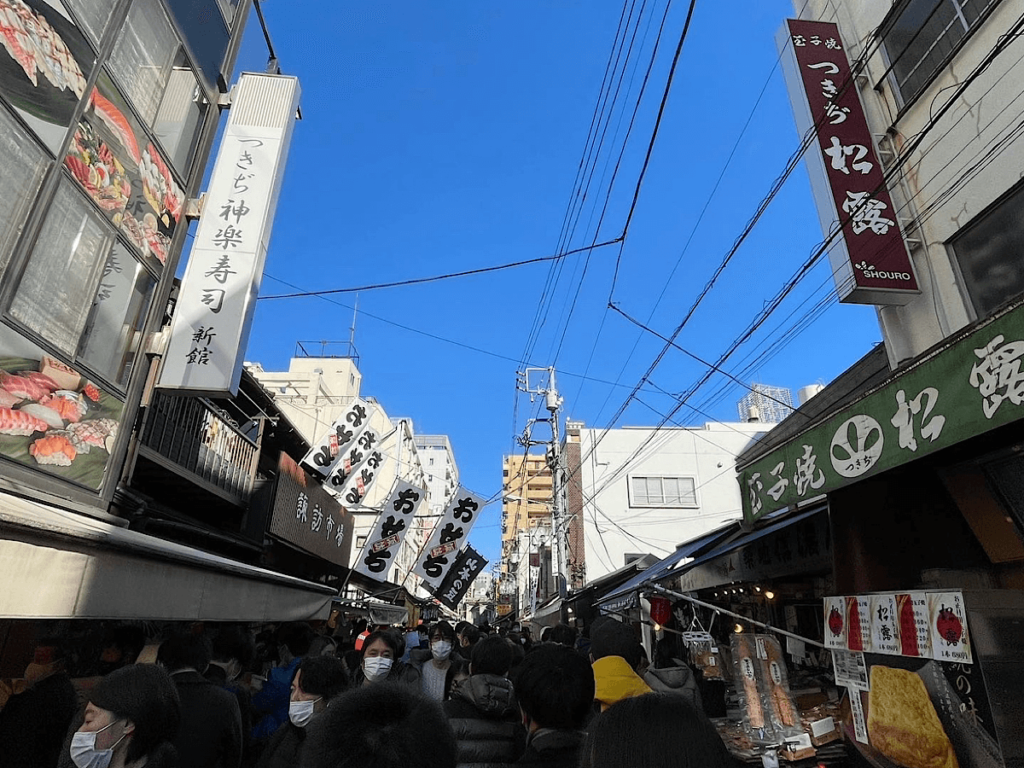
Many businesses will close from Dec 29 – Jan 3. Most shops will close earlier on Dec 31, so shopping areas are bustling with many people on 29th and 30th. If you visit Tokyo in this season, you might want to go to Tsukiji outer market and Ameyoko. You can see how Japanese people prepare for the New Year’s holiday, but also you can grab some snacks. It’ll definitely be a fun experience.
Tsukiji outer market
https://www.tsukiji.or.jp/english/
Ameyoko
https://www.ameyoko.net
2. Go to Countdown Events
After Covid restrictions, there are a lot of countdown events that celebrate the new year such as live concerts, theme parks, bars, hotels and restaurants. On New Year’s Eve, trains run all night, especially in big cities, so you don’t worry about missing the last one.
3. Eat Soba

Japanese people have a tradition that we eat soba at the end of the year. It’s called “toshikoshi soba (年越し蕎麦). Toshi (年) stands for “year,” and koshi (越し) stands for “passing the time.” According to Wikipedia, since soba is easier to cut than other noodles, it means you wish to cut bad karma. It also means people wish their longevity by eating soba because it is thin and long. There are plenty of theories. It might feel weird to eat soba after having dinner, but soba is an easily digestible food, so you can have room for it.
4. Go to a Shrine
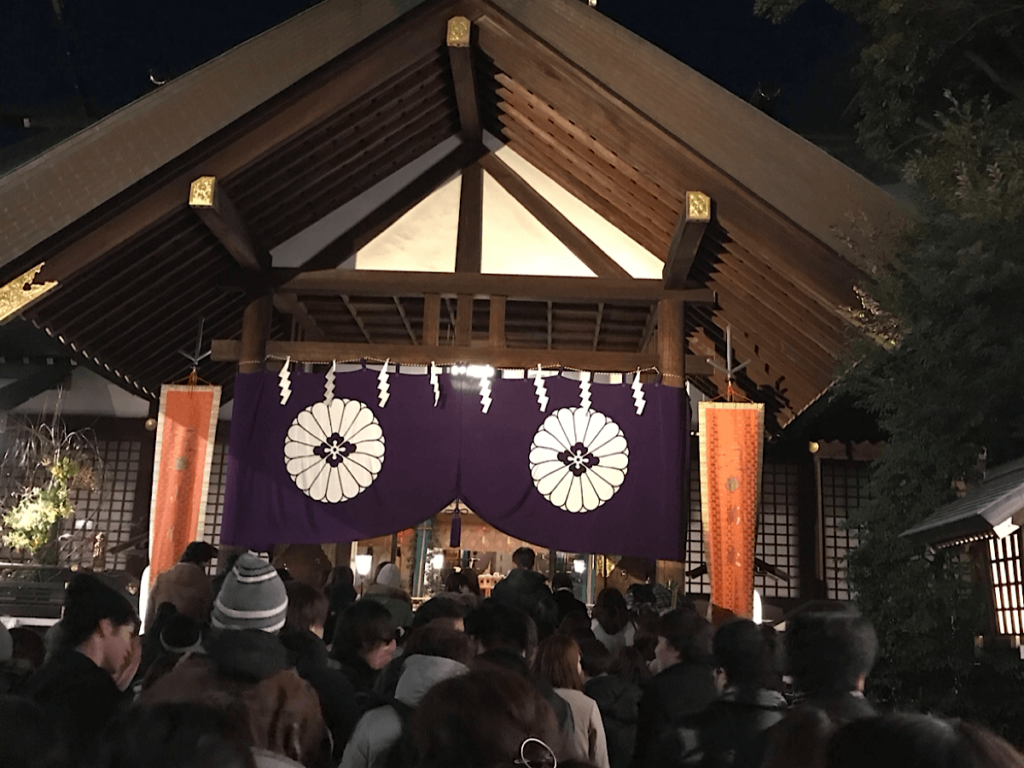
After eating soba, you might hear the bell sounds of a shrine. It might be from TV or you might be actually there. From New Year’s Eve to the new year, the bell is rung at shrines. If you are lucky, you might participate in ringing the bell. On New Year’s Day, there are already people lined up to wait to go to the shrine. Let’s go there for the first time of the year, which is called “hatsumode” (初詣) and draw omikuji (おみくじ), a fortune slip. What does it say to you? Very lucky or a bit lucky?
5. See the Sunrise on the First Day of the Year
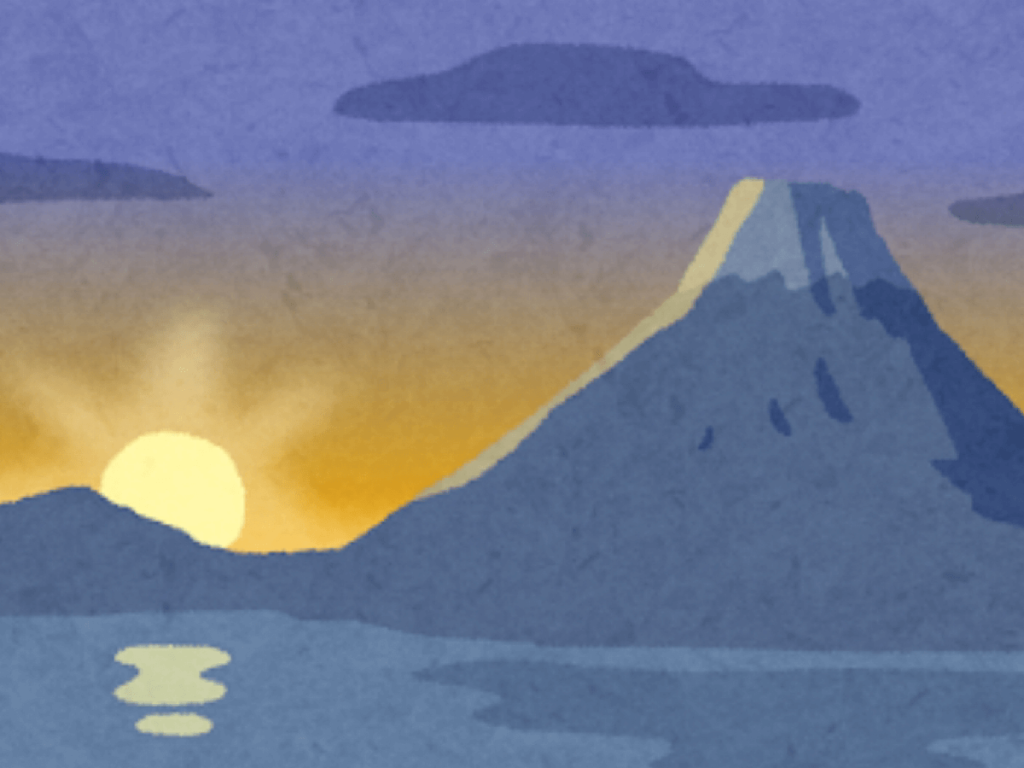
It’s said that seeing the sunrise on the first day of the year is a special experience and is a good sign for us. It feels like something sacred to us. Some people climb Mt. Fuji to see the sunrise on the day.
6. Eat Osechi
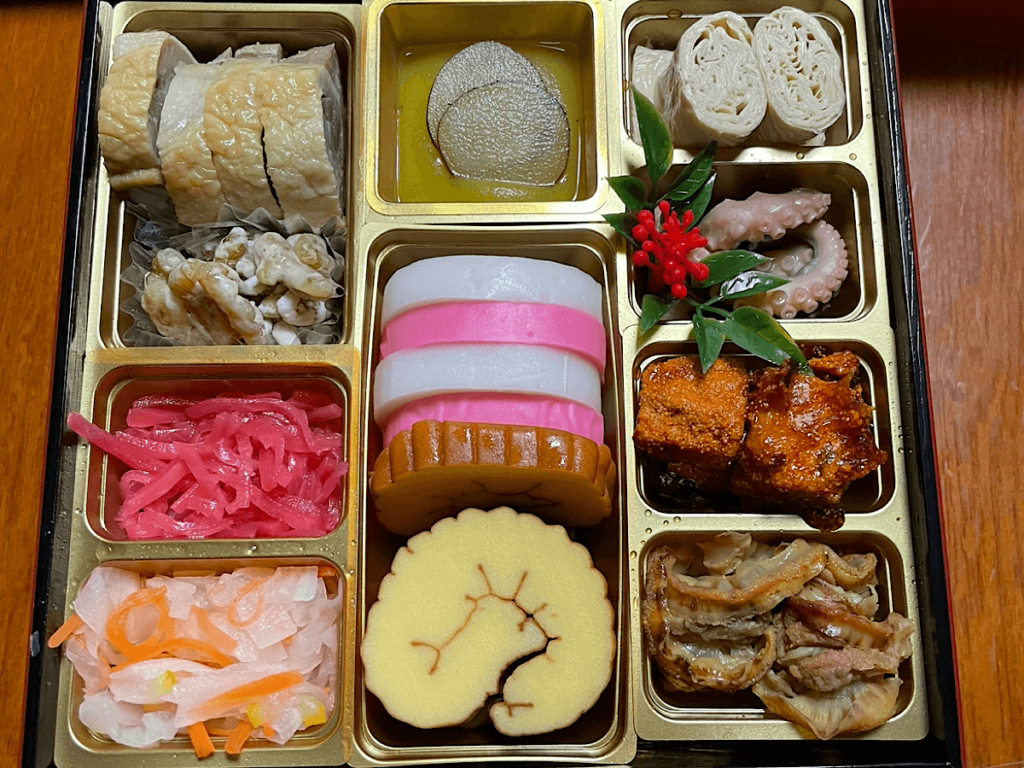
Osechi (おせち) is a special meal for the New Year’s holiday. It is said that you are not allowed to cook using fire and knives because it means a bad fortune during the New Year’s holidays a long time ago. Many housewives used to finish preparing osechi before New Year’s Day. Nowadays, some people cook it and most people buy it. There’s a variety of osechi sold at many places from fancy meals to affordable ones. Also each food has its meaning why you eat it. If you get a chance, you might want to research it. It’ll be fun. Here’s a fine article about osechi below; it helps you to know about it.
7. Eat Mochi
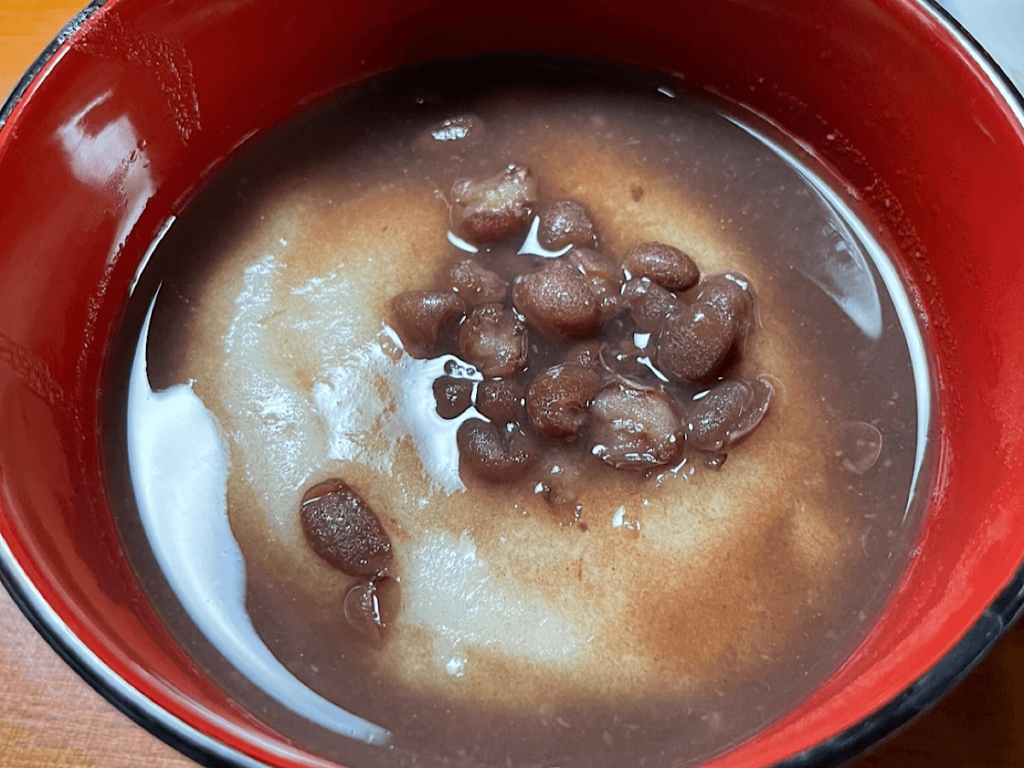
We also have a tradition of eating mochi during this time. It’s called “ozoni.” There are a lot of local recipes about it all over Japan. Here’s a fine article about ozoni below. You can find how different recipes are all over the country.
8. What is Otoshidama (お年玉)?
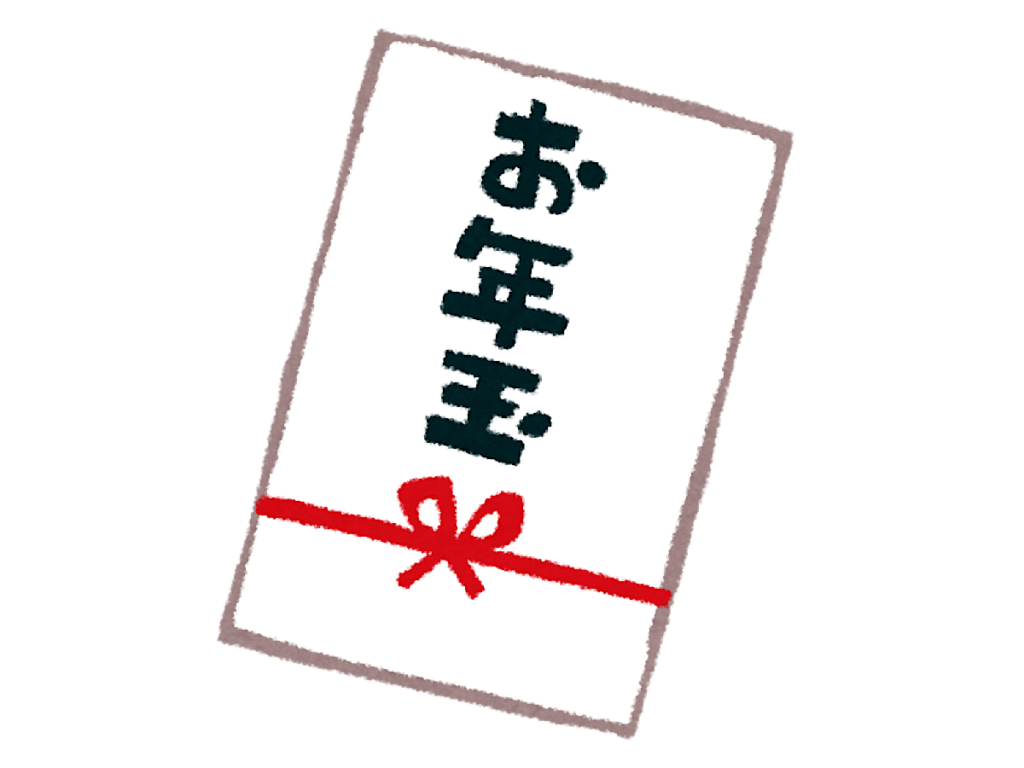
When you go to a friend’s house during this time, if they have kids, you probably have to bring a new year’s allowance, also known as otoshidama. You’re expected to bring it for them. If you don’t have it, their kids would think of you as stingy. There are a variety of packages for money. Just looking around at the packages is also fun.
9. Go to a New Year’s Sale
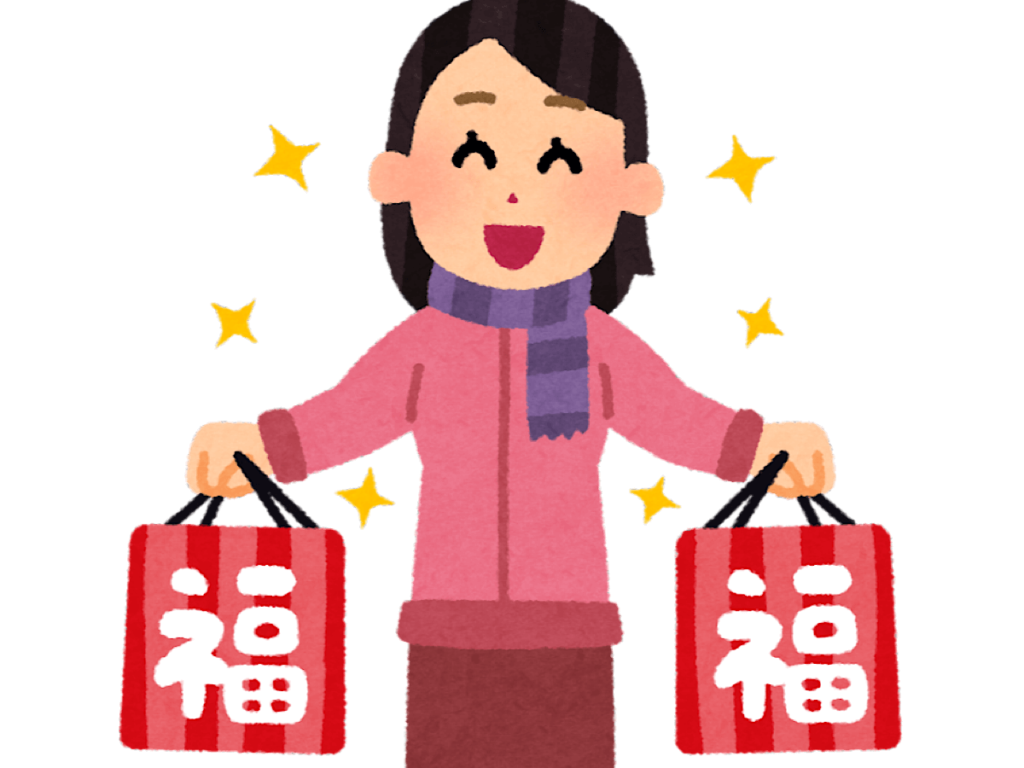
It depends on stores, but most stores open on Jan 2. You might watch on the TV that people are waiting a long line for New Year’s sale. They seek to get “hukubukuro” (福袋). “福” means happy, “袋” means a package. In the past, you used to not be able to see what’s inside of the package. However, nowadays stores tell you what’s inside, so you seldom fail to buy it.
10. New Year’s Greeting Cards
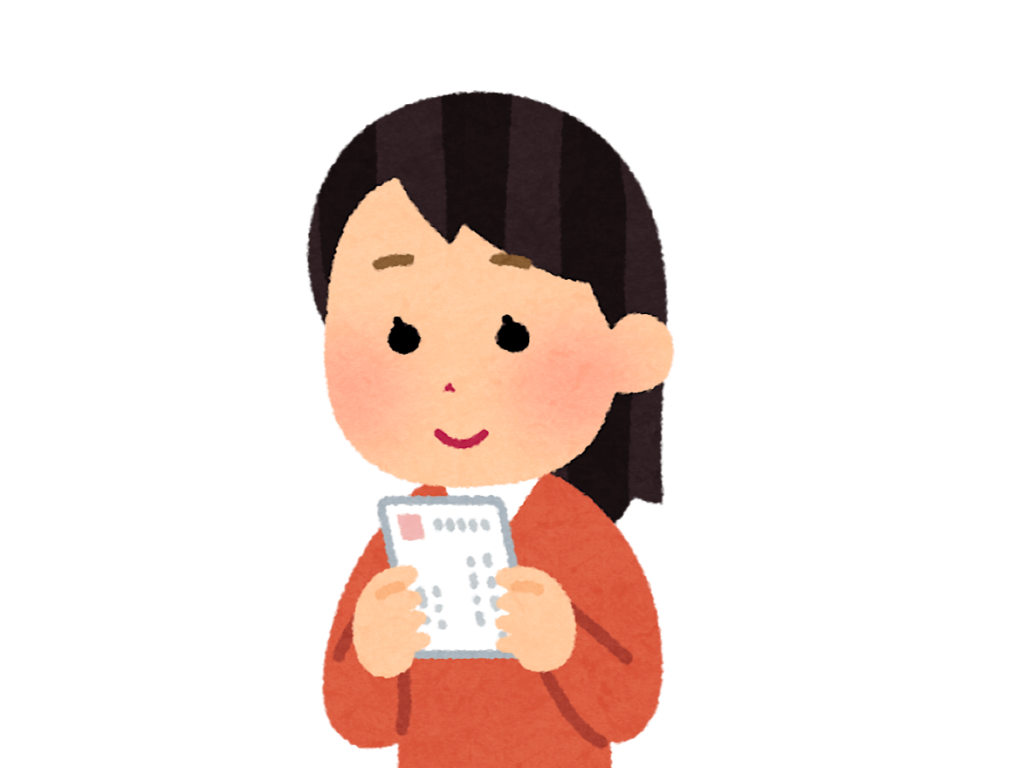
“Nengajyo” (年賀状) is a new year’s greeting cards. Like Christmas cards, we have a tradition of sending the cards to friends, family members, relatives, coworkers, and those who take care of you. In this day and age, chances are most people text their messages online, but there is something that I love about real paper cards. Even though it’s just simple sentences on the card by handwriting letters, I can feel something special, and I appreciate that someone takes time to write it to me. Plus, when it comes to nengajyo, thanks to our postal service system, nengagyo arrives on the 1st Jan, if you post it by the designated date. How amazing the postal service is! I have to take my hat off to them.
How was it? Of course, it totally depends on you how you spend the New Year’s holiday. In my book, the New Year’s holiday in Japan is similar to Christmas holidays in western countries. People tend to spend more time with family members. If you visit Japan this season, why don’t you go to the market at the end of the year. It will be fun. Thank you for taking time to read my article to the end. See you in next my article soon!
I’ve been working at a trading company for many years. I live in Tokyo with my wife. Love skiing, traveling, IPAs, wine , X-treme sports, fashion, and learning English and Chinese.



